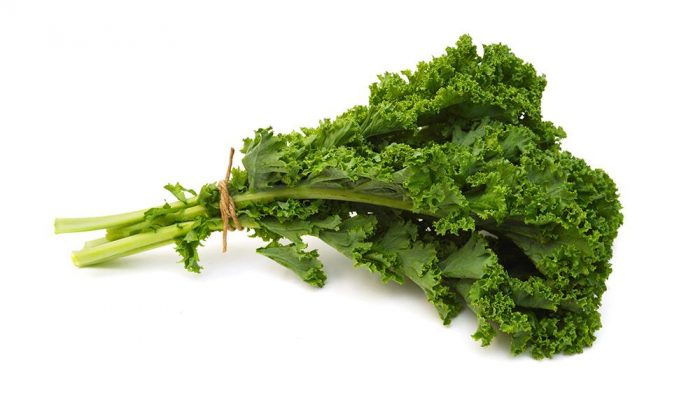Project Report For Kale Production
Introduction
Project Report For Kale Production is as follows.
Kale, Brassica oleracea variety acephala, is a leafy herbaceous biennial or perennial plant in the Brassicaeae family that is grown as a leafy green vegetable. Kale is a non-heading plant with loose, blue-green or purple leaves that can be straight or wavy. Kale is typically planted as an annual plant that is harvested after one growing season and can reach a height of 1 m (3.3 ft). Kale is also known as borecole, non-heading cabbage, or broccoli, and its exact origins are uncertain, however it grows natively in the eastern Mediterranean and Asia.
Kale can be sown directly or raised indoors for transplants. The ideal soil temperature for germination is between 12 and 24 degrees Celsius (55 and 75 degrees Fahrenheit). Kale seeds should be planted after any hard frost threat has passed or in a cold frame before transplanting to their ultimate location. Try to time seeding for a fall harvest so that the plants mature in cool temperatures.
This usually means seeding in July, although in warmer southern regions, it could be as late as October. Prepare the soil for planting by adding nitrogen to it in the form of bone meal or composted manure. Plant seeds 12 mm (0.5 in) deep, with a space of 3.5 cm (1 in) between plants in a row. Thin seedlings to a final spacing of 45-60 cm within rows.
When seedlings start indoors or in a cold frame have 3-4 leaves and the daytime temperature has reached 10°C (50°F), they are ready to be transferred. Plant seedlings at the final seed spacing (45-60 cm/18-24 in between plants and 0.6 to 1.2 m/2-4 ft between rows). Plant each seedling slightly deeper than before. Plantings can be spaced out over two weeks to extend the harvest. General attention Kale should be watered uniformly, and mulching around plants helps to conserve soil moisture. Because the plants have thin roots, it is best to manually pluck any weeds that grow around them to avoid hurting them.

Benefits Of Kale Production
- Kale is high in vitamins C and K.
- Kale is packed with antioxidants.
- Kale decreases cholesterol, which lowers the risk of heart disease.
- Kale has a number of cancer-fighting compounds. Kale has a high beta carotene content.
- Kale also has a high mineral content.
- Kale can aid in weight loss.
- Kale is one of the most nutrient-dense foods available on the planet.
Get Completely Custom Bankable Project Report
Market Potential Of Kale Production
The worldwide kale market is expected to earn $741.2 million in sales by 2027, rising at a 7.9% CAGR from 2022 to 2027.
The development is anticipated to be driven by rising health consciousness and a preference for nutritious snacking. In addition to a tiny amount of protein and fibre, kale is a good source of antioxidants, vitamins, lutein, zeaxanthin, sulforaphane, magnesium, calcium, and potassium. As a result, it is thought to be beneficial for cancer prevention, weight loss, and eye health. It is projected that rising public knowledge of these benefits would fuel product demand.
The market is expected to rise due to the rising demand for veggies among consumers looking for healthier snack choices. It is projected that the demand for gluten-free food products would increase as people seek out healthier snacks like various kinds of vegetables. Additionally, a growing consumer desire for foods made from plants is anticipated to increase product demand.
Furthermore, glucosinolates and anthocyanins are known to possess cancer-fighting chemicals. Kale is a good source for avoiding type 2 diabetes due to its high concentration of dietary fibre. Aside from the numerous health advantages, vegetarians like to use kale on a regular basis in the form of nutritious smoothies and other recipes.
Finally, since veganism has grown in popularity, the ideal use of kale has increased. As a result of the active penetration of many international organisations overseeing the best utilisation of green vegetables such as kale in everyday lives, as well as its great nutritious content, the worldwide Kale Industry is poised to expand ideally between 2022 and 2027.

